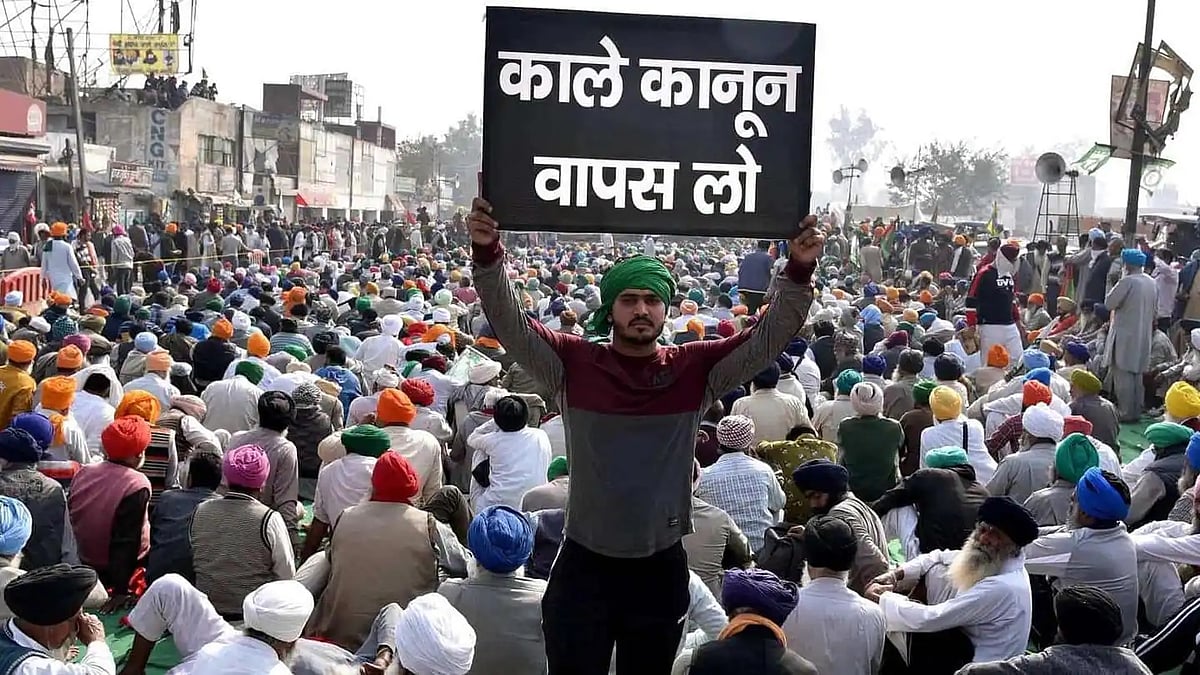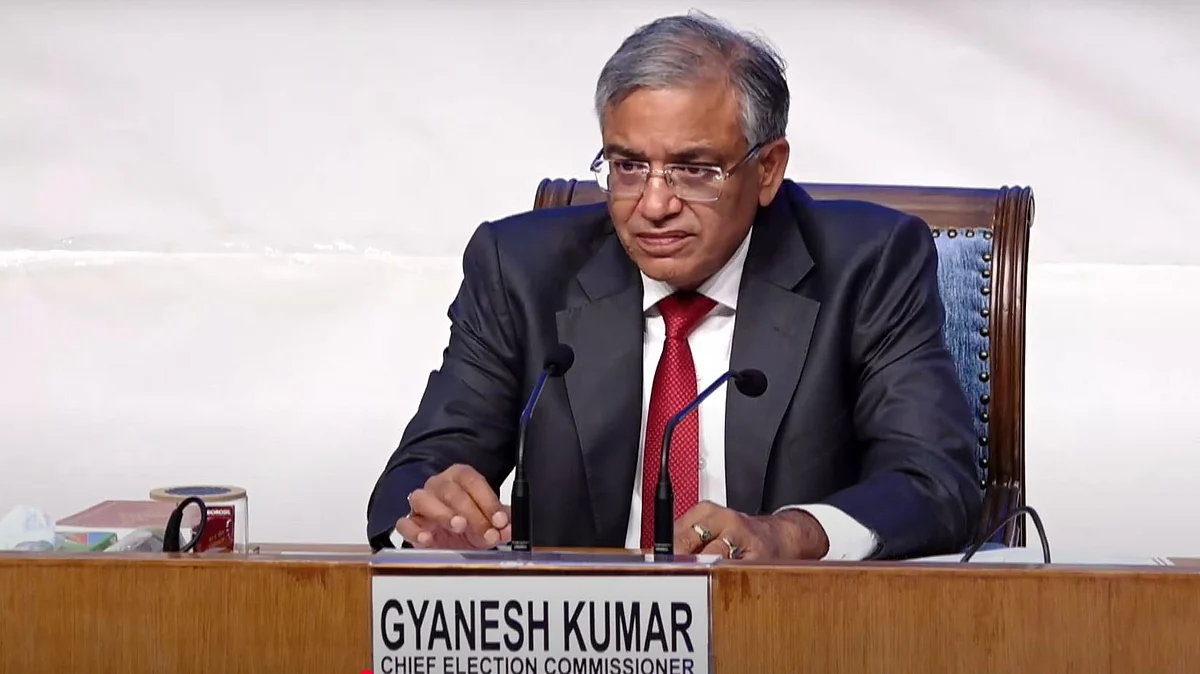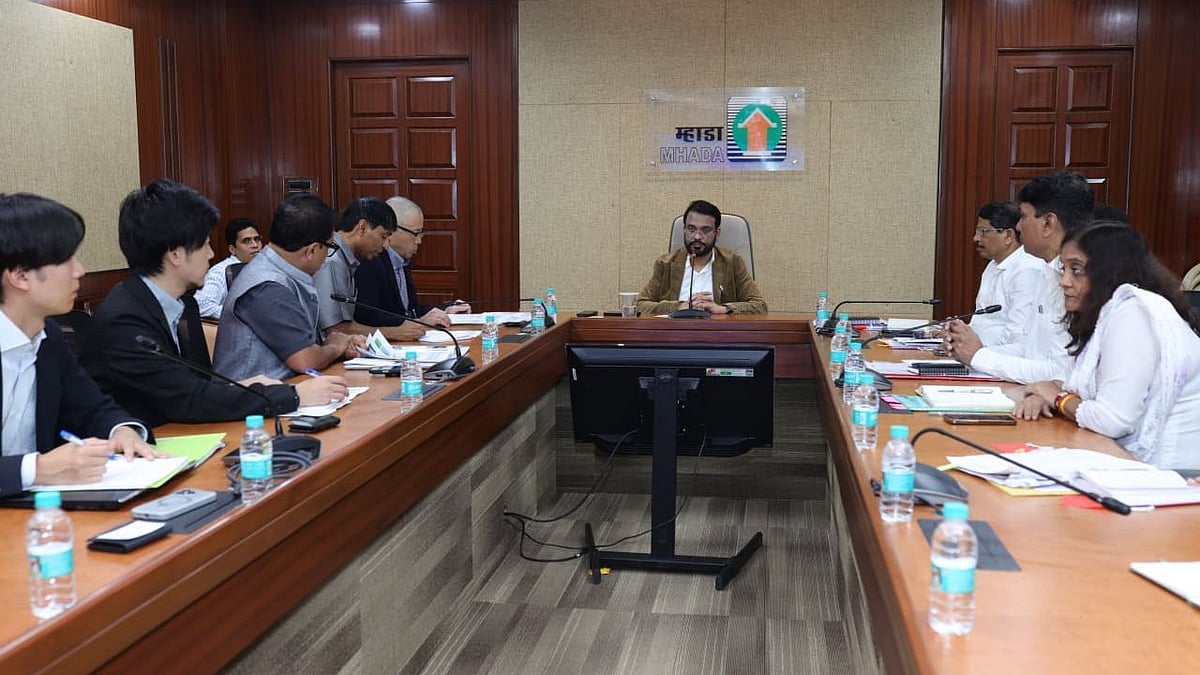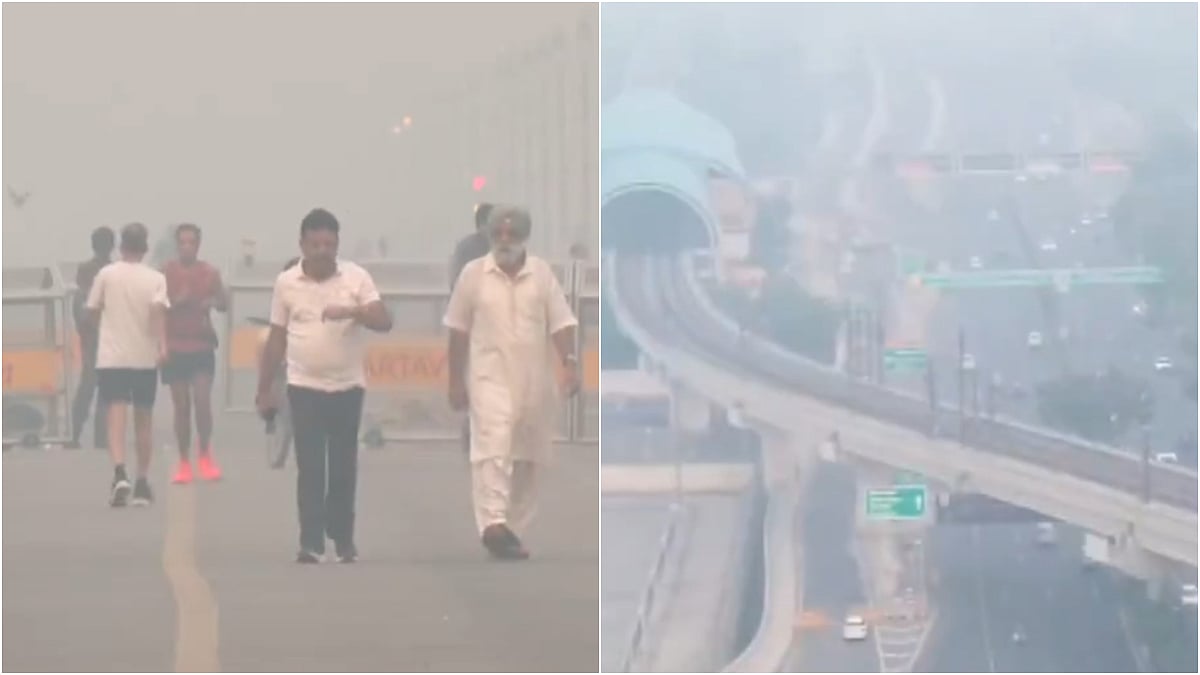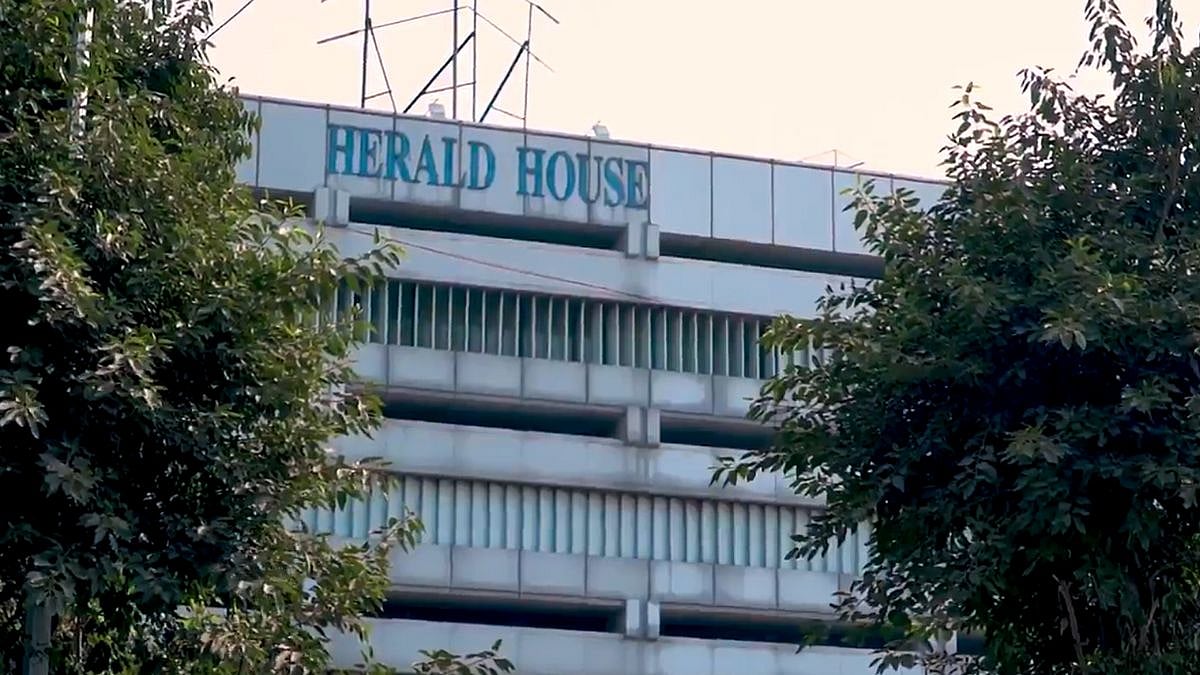The current farmers’ agitation is seven months old by now, perhaps, the longest and largest ever dharna since Independence. Spearheaded initially by Punjab farmers and soon joined by Haryana and west Uttar Pradesh farmers, it spread to other parts of the country, assuming the character of a pan-India movement. Fortunately, the demonstrations have remained by and large peaceful, except for a couple of minor incidents like the one on Republic Day at the Red Fort.
It is public knowledge that it was blown out of proportion by the government, more than anyone else. It would have been wiser to overlook this than to cognise. The inept handling of this incident by the police and a ruckus created by a ruling party UP MLA on the Ghazipur border two days later resulted in avoidable acrimony. Another reaction to the MLA’s behaviour, police remaining a mute spectator, resulted in suddenly catapulting the till then reluctant and half-hearted participant Rakesh Tikait to centre stage.
The trigger
As is well known, it was the promulgation of the three ordinances by Central government on June 5, 2020, that triggered the agitation. One of these is for promoting contract farming, the second for liberalising trading of all farm produce and the third, to abrogate limits on stocks of essential commodities.
Apprehensions about the real intention of the government behind these measures started pouring from several quarters, including farmers and eminent policy experts immediately. Majority of them suspect the government of intentionally consigning the farm economy and hapless farmers to the mercy of heavyweight corporates, thereby opening the floodgates of exploitation of both the farmer producer and the consumer.
Agitators, therefore, are pressing for a complete withdrawal of the laws that have since been passed by both Houses of Parliament. As against this, the government has been audaciously asserting that the legal measures are entirely in the interest of the farmers, giving them real ‘azadi’ denied so far. The standoff continues till date. Analysing the reasons, one observes a number of bizarre shortcomings in both the points of view.
Govt's adversarial stance
The government’s mistake is that it has adopted a wholly adversarial stance towards the farmers. Instead of showing sensitivity and empathy, the ruling party has been wildly blaming them as being instigated and supported by terrorist outfits, foreign powers, left extremists and desperate opposition political parties. While the fact is that a series of its own unfulfilled promises clearly provide reasons to believe that its basic attitude towards farm issues has all through been wanting.
First of all, the BJP leadership made some tall promises during the 2014 Lok Sabha election campaign. The most important of these was the undertaking to implement the Swaminathan Commission recommendation suggesting ensured MSPs based on the C2 cost +50 per cent formula. When it remained unfulfilled for one full year, some activists filed a PIL in the Supreme Court. Responding to the SC notice, the government submitted an affidavit stating that fulfilling the commitment was not feasible within the available resources. This was the first to expose that the ruling party had dabbled in a patently false electoral gimmick.
Then came the second one, three years later. The government, while announcing the rabi crop MSPs in 2018, boldly claimed that it had implemented the said recommendation, and that it had been done for the first time since the advent of the MSP system. But this too turned out to be a sly trick. Instead of the C2+50 per cent, it applied the A2 cost+FL+50 percent level, which is much lower than the promised C2+50. Records prove that the practice of A2+FL+50 per cent had already been in vogue for more than a decade. So, this dual claim too was found to be truant in serving the party in the upcoming 2019 Lok Sabha election.
Unkept promises
In 2016, the PM had come out with a yet more dazzling allurement. He said the government would double farm incomes by 2022. If one looks at the figures and graphics published by the government itself, these indicate that farm incomes have dipped by about 35 per cent, as compared to 2013, the last year of the UPA regime.
Added to the above were his twin promises while campaigning for the 2017 UP assembly election. He promised to raise sugarcane MSP to Rs 400 per quintal, as against the then prevailing Rs 315. Secondly, he assured that all overdue payments to cane farmers would be cleared within 14 days of the government taking oath in Lucknow. This too has been proved a complete farce. The cane MSP has been raised by a paltry Rs 10, taking it to Rs 325, instead of the promised Rs 400. Cane arrears too have chronically bulged, touching all-time highs of around Rs 8,000cr (2018), Rs 10,000cr (2019), Rs 19,000cr (2020) and Rs 13,000cr (2021).
Prices of almost all perishable commodities, including fruit, vegetables, milk, fish, eggs, poultry etc. have been abysmally low all these years, inflicting huge unbearable losses on this most vulnerable class of farmers. The latest in the series is the recent announcement of kharif MSPs. The increment ranges between the highest - 6.2 per cent for groundnut and the lowest - 1.1 per cent for maize. Obviously, these are not sufficient even to cover the 6.5 per cent rise in consumer prices and 12.6 per cent in the wholesale prices.
Trust deficit
All this repeated doublespeak has created a huge trust deficit between the farmers and government, hence, the mass disillusionment and discontentment. Instead of exhibiting sensitivity and empathy to the suffering farmers, the government chose the path of incendiary blame game and insinuation, which is the root cause of mass agrarian resentment.
Adding fuel to fire was the audacious government effort to project the three legal measures as a grand historic event. Adopting the extraordinary ordinance route, getting the laws passed in the Rajya Sabha without vote and the refusal to send these to a parliamentary committee further deepened the suspicion and chasm. The BJP leadership seems to be too obsessed with political power and hollow grandiosity of events and propaganda, not realising that people do not relish these for too long and develop aversion to such gimmickry.
On the farmers’ side too, there are a few notable weaknesses. Firstly, instead of demanding assured prices right at the outset, they began with a demand to completely roll back the three enactments. Quite late in the day, although they have added the demand for legal MSPs, they stood handing over to the government the diplomatic pretext of negotiating on only the infirmities of the laws, if any, and not the MSP. So, farmers initially missed the bus.
Pressured on the MSP issue, the government has taken a convenient position, asserting that the MSP system shall continue as it is. The fact, however, remains that only a minuscule minority of farmers get the benefit of MSPs, while majority are denied, which is wholly due to lack of government arrangements for purchasing all produce throughout the country. The small and marginal farmers happen to be the greatest sufferers.
Farmers' side
However, what is most disappointing is that the farmers themselves are not properly organised. The number of their organisations is said to be more than 130, and at some places, 240. More disturbingly, all of them are never on the same page. Each of them invariably declares they are apolitical. Yet, they refuse to forge a single platform, and are known to have separate agendas. Many of them are found overlooking the real issues. Take the case of one of the top leaders, Rakesh Tikait, who is moving all over the country, but has left his own native west UP suffering from the gigantic and chronic problem of cane prices and payments for the past five years, in the lurch.
The first responsibility to end the logjam obviously lies at the door of the Centre. It needs to shed its ego, immediately start a dialogue with the farmers, discuss all related issues, and consult subject experts to evolve a comprehensive policy framework and future roadmap. Unfortunately, all governments, except the one headed by V P Singh in 1990, have always shown an incorrigible tendency to address the agrarian problem only in a piecemeal and ad hoc manner, rendering more lip service than taking concrete steps, leaving too many gaps and mismatches.
The farmers too must come on one stage; articulate their full-fledged realistic and implementable charter. They should then confront all political parties, whether in position or the opposition, to commit to and implement the agreed programme within a time frame. Political support should then be extended accordingly. They must realise the fact that only the political heat of vote makes the politicians melt and see reason!
The writer is former Chairman, National Commission on Farmers; Minister of State for Agriculture & Water Resources (GoI); Member, Union Planning Commission, Member 12th Finance Commission and Vice Chairman, Madhya Pradesh State Planning Commission.
